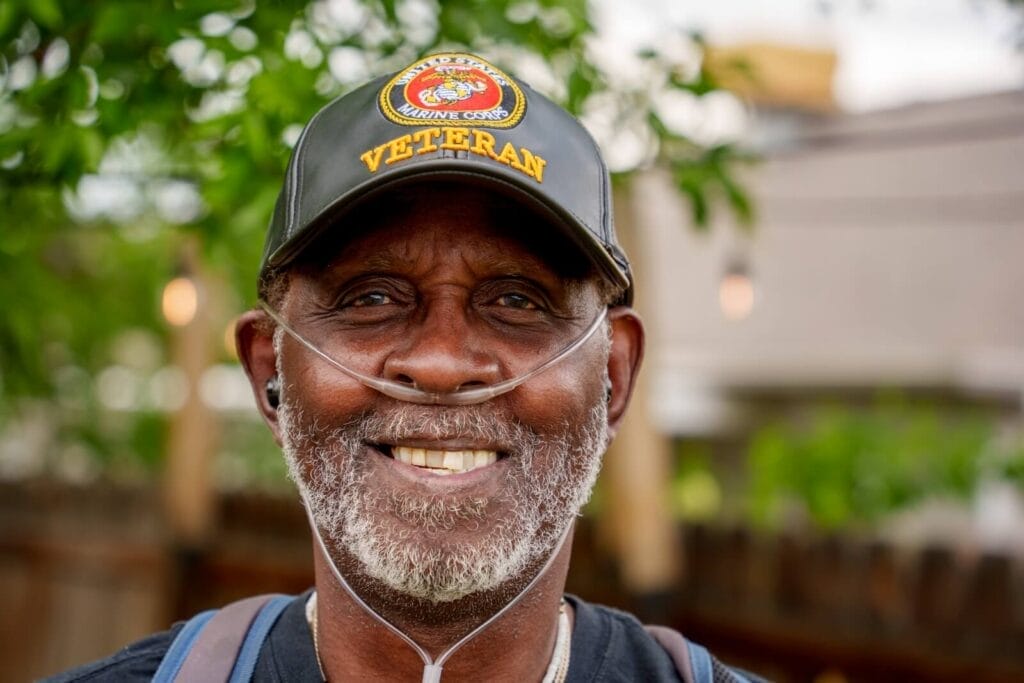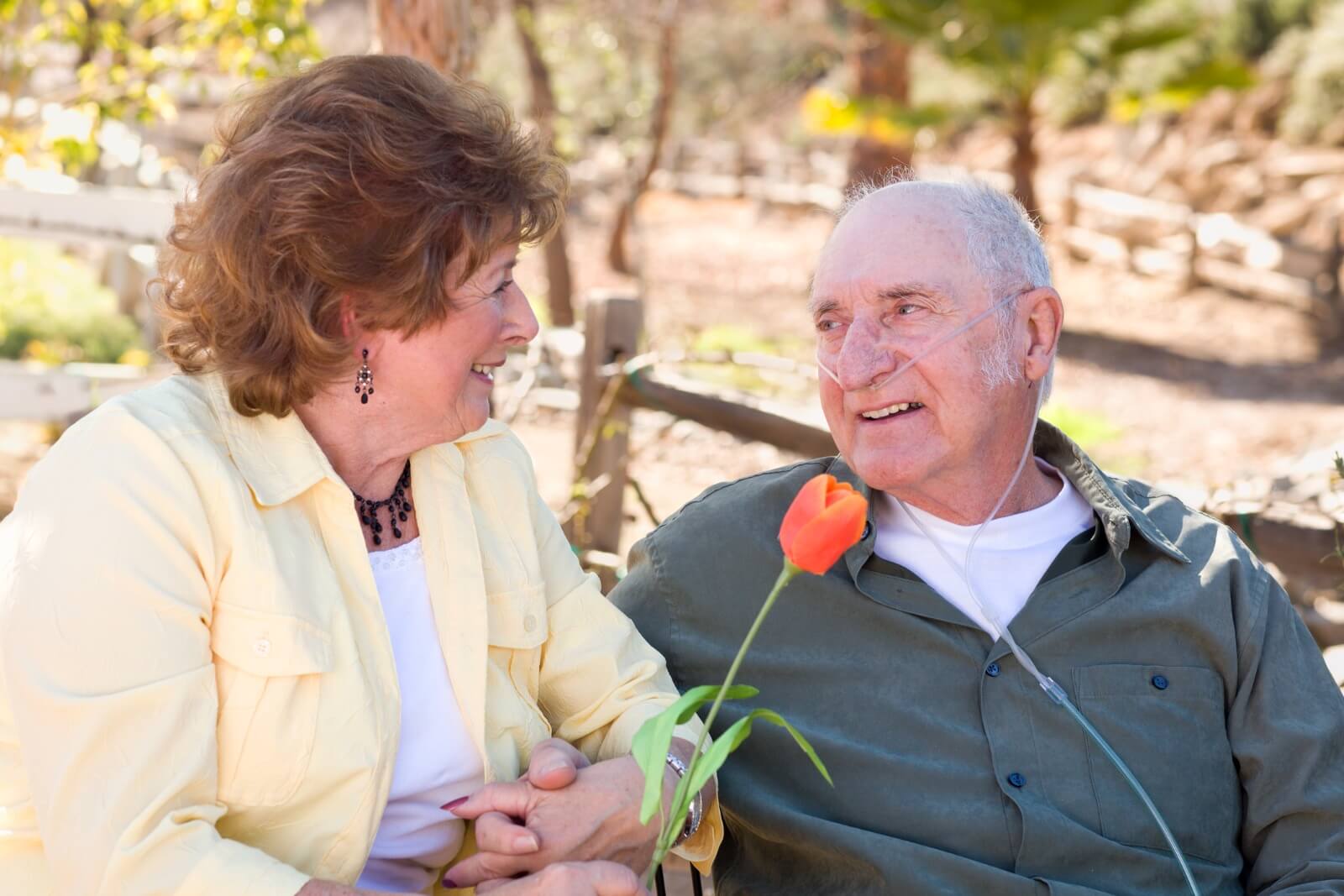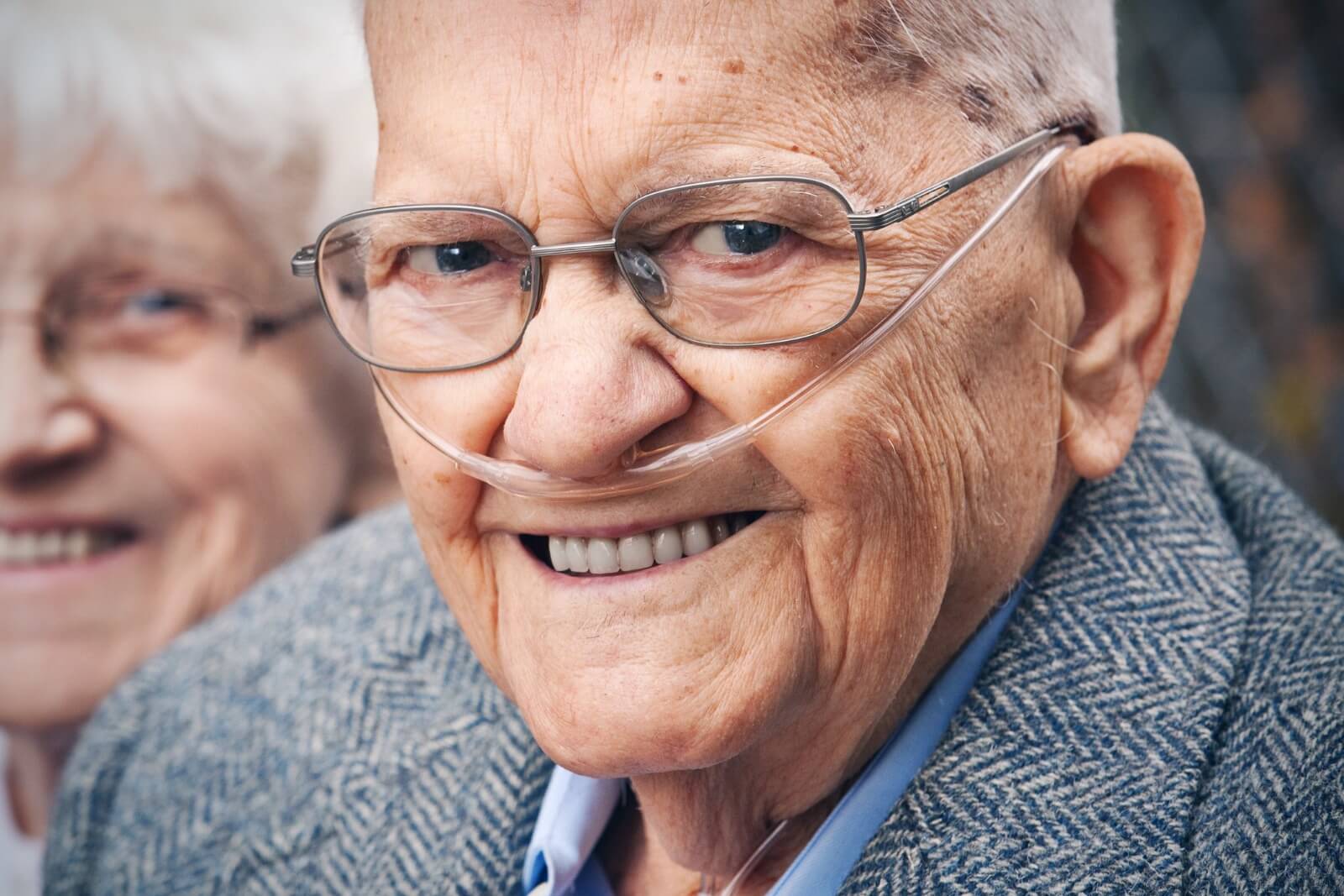
Oxygen concentrators are medical devices that help individuals manage low blood oxygen levels due to health conditions like COPD and emphysema. Although in the past, people who were prescribed oxygen therapy had to use bulky oxygen tanks when outside the home, today, active seniors have many more options with a variety of portable oxygen concentrators that can go with them anywhere. From day trips with grandkids to running errands around town, gardening, and going for walks, you can maintain an active lifestyle with a portable oxygen concentrator. In this guide, we’ll share practical tips to help active seniors get the most from their oxygen concentrators and preserve their longevity so they can keep doing the things they love with confidence and peace of mind.
Know your oxygen needs
Knowing your oxygen needs is important when choosing a portable oxygen concentrator. It’s also important for active seniors to consider how their oxygen needs may change throughout the day depending on the activities they’re engaging in.
Most portable oxygen concentrators adjust each bolus of oxygen, or pulse dose, according to your breathing rate. If you have low or moderate oxygen needs and you plan to go for a casual walk around the neighborhood, a small portable oxygen concentrator might work well. However, if you have a high resting breath rate or you get winded easily gardening or walking, you might want a machine like the CAIRE Eclipse 5 that can deliver a continuous flow of oxygen in addition to pulse doses.
Charging and using batteries
Portable oxygen concentrators are a good choice for active seniors because they run on batteries, so you can use your device when you’re out and about. However, battery life and charging times can vary widely, with some models lasting less than two hours.
Know how long your battery will last, especially for your particular oxygen setting, as higher settings drain batteries more quickly. If your machine has a relatively short battery life, consider upgrading to an extended battery or carrying extra batteries with you.
You should also be aware of battery charging times so you give it enough time to charge fully before leaving the house. You may also want to purchase a desktop charger so you can charge an extra battery while using your device.
Bags and carrying options
Your portable oxygen concentrator should be comfortable to carry. Different carrying options may be more comfortable for certain activities, so active seniors should consider their favorite or regular activities when choosing which option is right for them. Here are a few common carrying options:
- Most portable oxygen concentrators come with a shoulder bag that can be worn like a purse, which can make activities like shopping and going out to eat convenient.
- Some devices, like the Inogen One G4, are small enough to fit inside a hip bag that you wear like a fanny pack, making it a great option for those who like to go for walks or garden.
- You may have the option to upgrade to a backpack, which is handy for those who like to bike or go on long excursions. Backpack carriers typically include pockets for extra batteries and personal items.
- Some portable oxygen concentrators, like the CAIRE Freestyle Comfort, have built-in clips so you can attach a strap directly to the device. This option is simple and reduces bulkiness.
Know where your oxygen concentrator can and can’t go
All oxygen concentrator models have different safe operating conditions regarding things like humidity level, elevation, and temperature. However, there are a few general rules you’ll want to follow, no matter which machine you have:
- Don’t leave your portable oxygen concentrator in a hot car, where high temperatures can damage the device.
- Don’t get your oxygen concentrator wet. Keep it out of the rain, and do not rinse the outside case. (Most manufacturers recommend wiping it down with a damp cloth instead.)
- Don’t operate your device if the vents are covered. Ensure there is at least 10 inches of open space around the concentrator while it’s running, and never use a bag that doesn’t have cutouts for the vents on your machine.
- Don’t operate your oxygen concentrator in small, enclosed spaces with no ventilation. When using your device in a car, turn on the air conditioning or roll down the window to ensure ventilation.
Take care of your machine with proper maintenance
When they are well maintained, portable oxygen concentrators operate better for longer. Learn your machine’s particular maintenance needs to prevent problems.
A few common maintenance tips for portable oxygen concentrators include the following:
- Remove and clean the gross particle filter once a week. Consider purchasing a second filter so you can use the device while the other one is drying.
- Wipe the outside of your concentrator with a dry or slightly damp cloth once a week to remove dust and debris.
- Fully drain and recharge your battery at least once every three months.
- Store batteries in a cool, dry place, and make sure they are fully charged before storing them.
Take care of your oxygen concentrator so you can stay active
A portable oxygen concentrator is the perfect choice for active seniors who want to get the prescribed oxygen they need while they’re on the go. With the tips on this list, you will be able to come and go comfortably, easily, and healthfully, no matter what the day brings.








